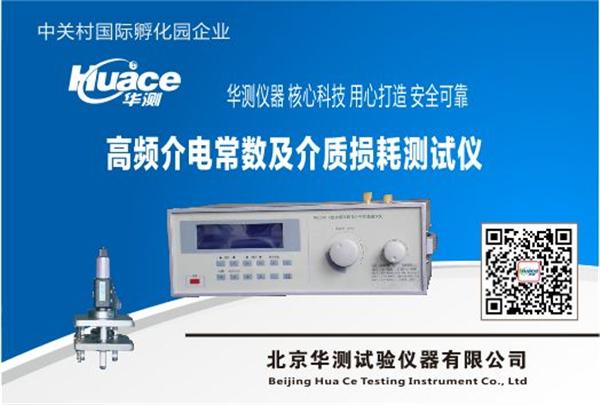![]()
Test - lowercase jpg
![]()
Kaixin micro test
![]()
Test probe P100-M3
The HCJDCS-A Dielectric Constant and Dielectric Loss Tester is a specialized instrument used to measure the permittivity and dielectric loss factor of electrical insulating materials across various frequencies, including power frequency, audio, and high-frequency ranges (such as meter-wave wavelengths), in accordance with GB/T 1409. It is designed and manufactured following international standards like IEC 60250, as well as national specifications such as JB 7770.
This device is particularly suitable for testing insulation materials at high frequencies, up to 1 MHz. The dielectric constant, also known as relative permittivity or ε, is a key parameter that reflects the electrical properties of insulating materials. When an electric field is applied, induced charges are generated within the material, which reduces the field strength. The dielectric constant represents the ratio between the original electric field in a vacuum and the final field within the medium, indicating how effectively the material can store electrostatic energy.
For example, if a capacitor is filled with a material having a dielectric constant of ε, its capacitance increases by a factor of ε. A lower dielectric constant generally means better insulation performance. Materials with higher dielectric constants significantly reduce the electric field strength within them. Additionally, the dielectric constant is closely related to the degree of polarization within the material—both at a macroscopic and microscopic level.
Gas dielectrics typically exhibit weak polarization, and their relative dielectric constants are close to 1. In contrast, liquids and solids have varying dielectric constants, which are influenced by factors such as temperature and frequency. The dielectric constant has a complex form, where the real part represents the dielectric constant itself, and the imaginary part is commonly referred to as the dissipation factor.
The ratio of the dissipation factor to the dielectric constant is known as the tangent of the loss angle, which indicates how well a material interacts with microwave signals. A higher tan(δ) value suggests stronger coupling between the material and microwaves. For instance, when electromagnetic waves pass through an electrolyte, their speed decreases, and their wavelength shortens.
**Applications:**
This instrument is widely used in scientific research institutions, universities, and factories for studying the performance of inorganic non-metallic new materials.
**Technical Parameters:**
1. **Q Value Measurement Range:** 5 ~ 999
- Q value range binning: 30, 100, 300, 999
- Automatic or manual range shifting
- Error: ≤5% ± 2% of full scale value for 25kHz ~ 10MHz
- ≤7% ± 2% of full scale value for 10MHz ~ 50MHz
2. **Inductance Measurement Range:** 0.1μH ~ 1H (divided into 7 ranges)
3. **Capacitance Measurement Range:** 1pF ~ 460pF
- Main Capacitor Adjustment Range: 40pF ~ 500pF
- Accuracy: ±1.5pF below 150pF; ±1% above 150pF
- Trimmer Capacitance Adjustment Range: -3pF ~ 0pF ~ +3pF
- Accuracy: ±0.2pF
4. **Frequency Coverage:** 25kHz ~ 50MHz (divided into 7 segments)
- Indicating error: 2 × 10â»â´ ± 2 digits
5. **Power Supply:** 220V±22V, 50Hz±2.5Hz, 25W
6. **Ambient Temperature:** (0 ~ +40)°C
7. **Relative Humidity:** RH < 80%
8. **Dimensions:** 380mm × 132mm × 280mm
9. **Weight:** Approximately 7kg
10. **Inductors:** 9 inductors included
11. **Fixtures:** One set of fixtures provided

Emergency Light Battery
Introducing the LiFePO4 Battery, the energy-efficient and long-lasting power source perfect for both emergency lights and exit signs. This innovative battery technology is designed to provide reliable backup power during unexpected power outages, ensuring that your emergency lighting systems are always operational even in the absence of electricity. Our LiFePO4 Battery is made with the highest quality materials and cutting-edge technology to deliver unparalleled performance. It features a high energy density and an extended lifespan, making it a cost-effective and sustainable option for your emergency lighting needs. This battery is also incredibly safe and stable, making it ideal for use in critical spaces such as hospitals, schools, and public buildings.
LED Emergency Light Batteries,emergency lights lifepo4 battery,Emergency Lighting Battery,LiFepo4 battery LED Rechargeable Emergency Light
JIANGMEN RONDA LITHIUM BATTERY CO., LTD. , https://www.ronda-battery.com
